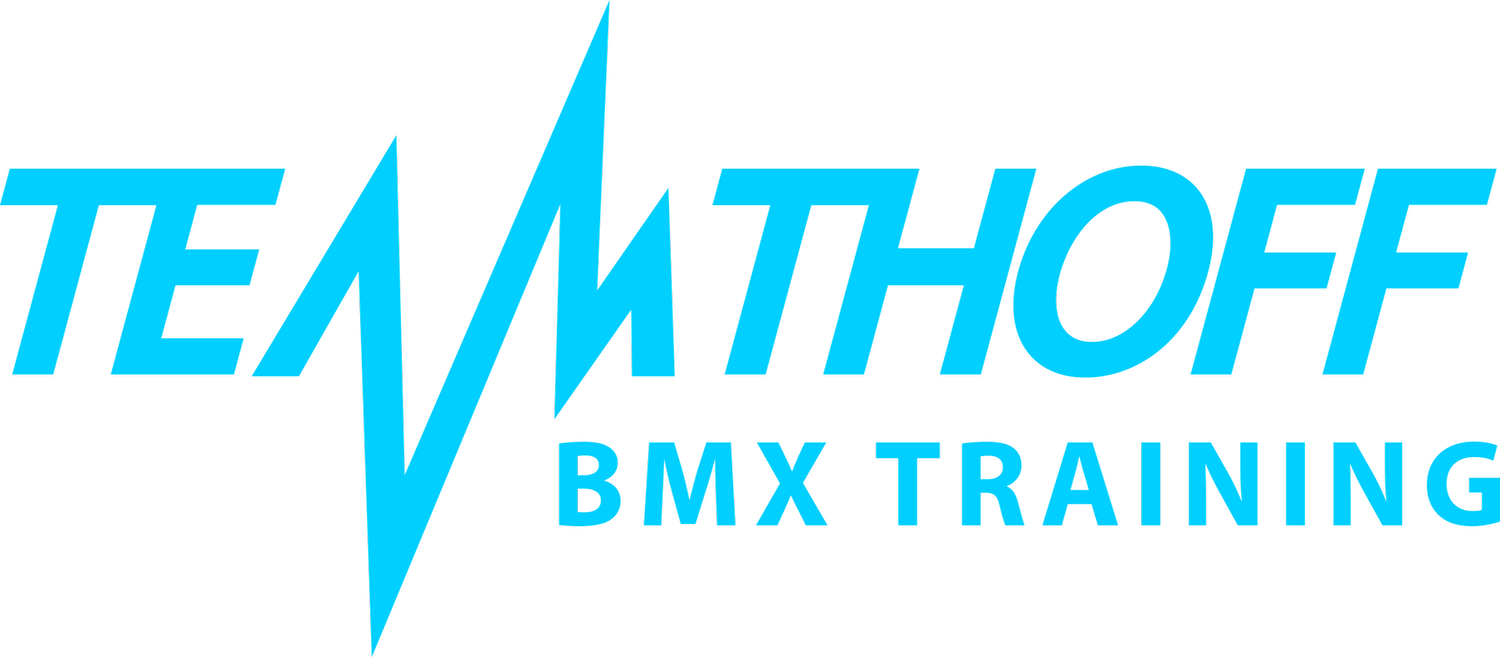It amazes me every time I talk to a high level BMX athlete about their BMX training and I find out that they are doing most, if not all of their BMX training with no kind of feedback. We have athletes who have been to the Olympics and won medals but never timed a sprint session, worked with a power meter, drawn blood to monitor their bodies etc. Don't get me wrong, the ones who have done that certainly prove that winning can be done without it. I am a absolute proponent of K.I.S.S (Keep It Simple Stupid) but there seems to be this stigma floating around BMX that technology only confuses training and if you use it, you are voiding the simplistic ideas.
The truth of the matter is, while it can be confusing and definitely cause problems, the opposite is quite true when an athlete is being lead by a coach who has years of experience in applying technology and science to BMX training. Ask any one of my athletes who has worked with me over a longer period of time and they will tell you my program is fundamentally simple yet powerfully informative. I avoid flavor of the week workouts like the plague but what we do is make sure that we are collecting simple data points: Sprint times, power meter files, & VBT (Velocity Based Training) data from the gym. The reason for this collection is because numbers don't lie. Here are three reasons I collect sprint times with an athlete.
- Positive mental stimulus during training
- Load regulation
- Trend Analysis
- Year over year comparison
One of the biggest complaints I hear from athletes is as follows.. "I started off the season so good but then it seemed like I just kept getting slower." I understand this pain, in fact, I've personally been there and know it's cause. It's such an important reason for us to be tracking and documenting as much training data that we can put under a microscope as possible.
Below is a chart, simplified of course, of Brooke Crain's sprint times from this season (I've taken her beginning, middle, end and cut out some of the fat so the graph would not be excessive). Brooke has been working with me since 2013 and has a pretty good understanding of what I am doing with her at all times. One thing that Brooke can be confident in is she will finish the season at her fastest or faster than she's ever gone.
The graph may appear to be confusing and if it is that is ok. The meat of this graph shows a beginning of season slowest time, fastest time, and average time (Far left of graph). The white box is Brooke's "Slowest" time for the sprint day, Blue box is her "Fastest" time and the blue box with red trim is her average.
Keep in mind that I've cut a lot of days out to simply show a typical Team THoff athletes performance trend over a season. It's pretty easy to see that Brooke finished her season sprinting much faster than she did starting it. As BMX athletes we need to be in control of our destiny and not blindly follow programs that do not show us their proof. If you're being plagued by starting the season fast and ending slower and looking for a new approach to assure that doesn't happen, contact me, I'd love to talk and see if I can help!

